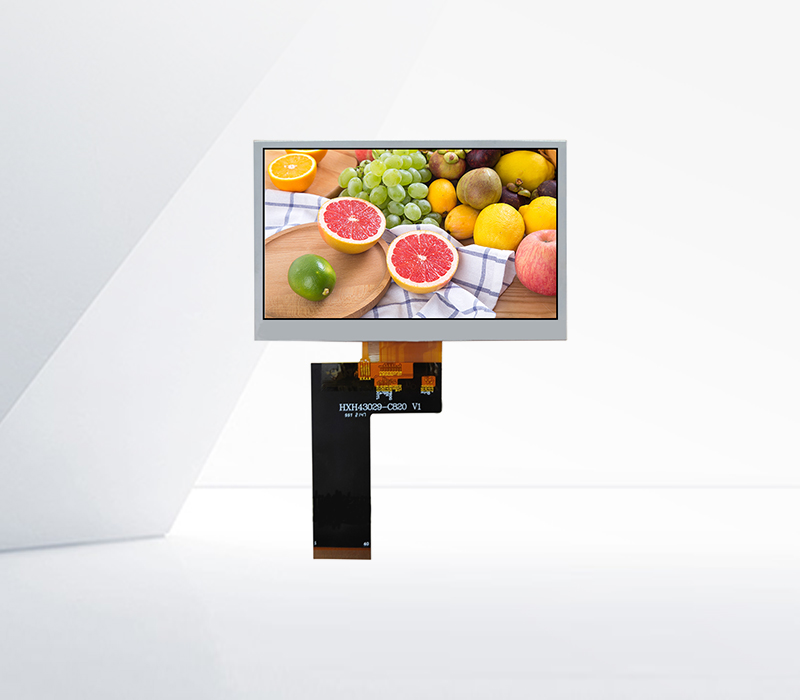




2.4-inch LCD screens are compact, versatile displays commonly used in handheld devices, wearables, and small embedded systems, balancing portability with sufficient visual clarity. Their specifications vary by type (e.g., TFT, STN) but typically include key parameters that define performance and compatibility.
Resolution is a primary specification, with most 2.4-inch TFT LCDs offering 240x320 pixels (QVGA), though some high-end models reach 320x480 pixels (HVGA) for sharper images. Pixel density, often around 167 pixels per inch (PPI) for QVGA, ensures text and icons remain legible despite the small size—critical for applications like smartwatches or portable sensors.
Interface options include SPI, I2C, or parallel (8080/6800), with SPI being common for low-power devices due to its minimal pin count. Display controllers (e.g., SSD1306 for monochrome, ILI9341 for color) manage data processing, supporting features like partial screen updates to reduce power consumption.
Brightness, measured in candelas per square meter (cd/m²), ranges from 200 to 500 cd/m². Higher brightness (300+ cd/m²) is essential for outdoor use, while lower levels suit indoor devices to save energy. Contrast ratio (typically 300:1 to 1000:1) affects image depth, with higher ratios enhancing readability in varying light conditions.
Power consumption varies by backlight type: LED-backlit models use 10–50 mA, making them ideal for battery-powered devices. Operating temperature ranges (-20°C to 70°C for industrial models) ensure reliability in harsh environments, while viewing angles (e.g., 120° horizontal/vertical) determine usability from off-center positions.
Additional features may include touchscreen integration (resistive or capacitive), anti-glare coatings, or wide color gamuts (e.g., 65K or 16.7M colors) for vivid visuals. These specifications make 2.4-inch LCDs adaptable to diverse applications, from remote controls to portable gaming consoles.
